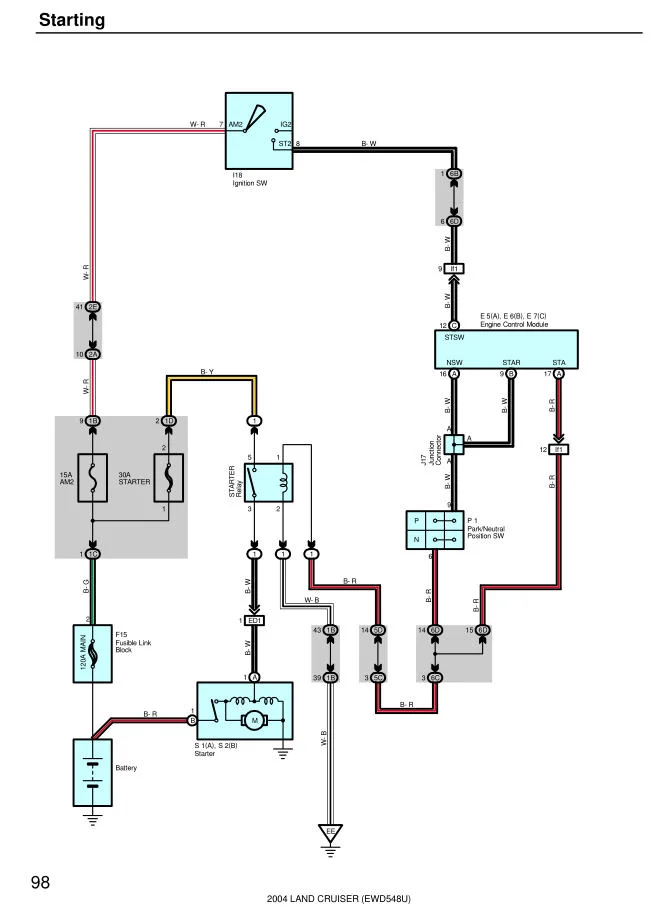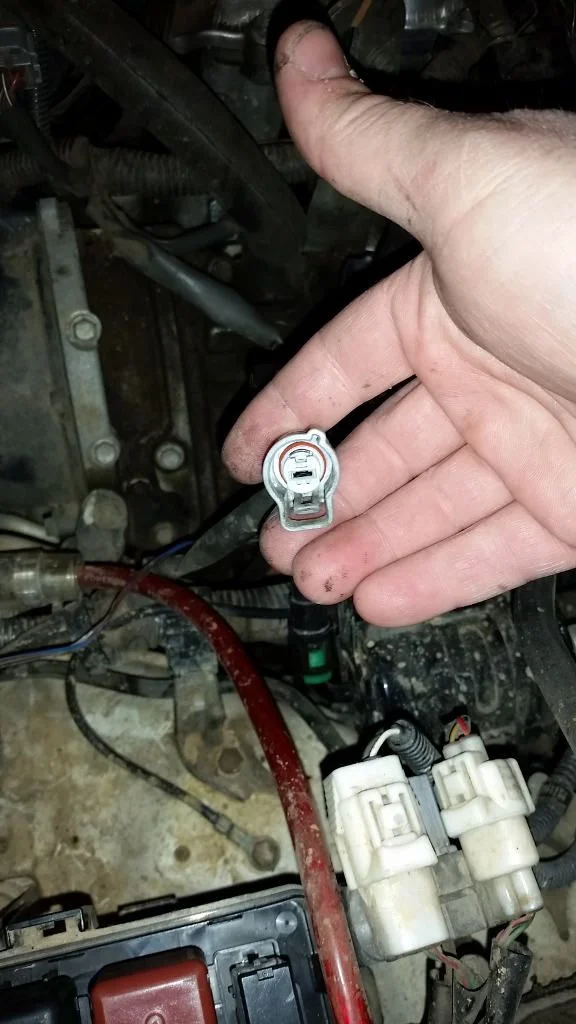Hey guys, semi realtime because I won't be working on this any more tonight, but will be getting up tomorrow and starting again.
So, I began having the symptoms of failing contacts this past week, so I ordered up a Denso Rebuilt Starter and underwent replacement today. Seemed to be going well, no real problems thanks to the threads here.
Well, I buttoned everything back up and no start...So below I will list the symptoms and in the meantime I will search some no start threads for any ideas before going to bed. I haven't had a helper, so I haven't been able to listen to parts closely while someone else tries to crank...but from what I can tell...
Thanks
Tim
So, I began having the symptoms of failing contacts this past week, so I ordered up a Denso Rebuilt Starter and underwent replacement today. Seemed to be going well, no real problems thanks to the threads here.
Well, I buttoned everything back up and no start...So below I will list the symptoms and in the meantime I will search some no start threads for any ideas before going to bed. I haven't had a helper, so I haven't been able to listen to parts closely while someone else tries to crank...but from what I can tell...
- I believe I can hear the relay in the fuse box kick off...
- I do not think I'm hearing the solenoid on the starter kick off...
- 12.5 standing volts on the battery...and cranked fine right before starting.
- There is current draw in the cranking position...in fact it kind of acts like a dead battery or loose ground...kills all dash lights and what not...
- I can try to start in gear and there is no current draw in the cranking position...so not that.
- With manifold removed I jumped the solenoid directly from the battery and was able to get it to kick out the bendix...which should rule out dead battery or loose ground...
- Replaced with original starter and have same symptoms, so it doesn't appear to be actual starter...
- So, what are some possible reasons the computer wouldn't send power to starter?
- Does everything need to be hooked back up? After the first no start, I disassembled again to bench test new starter and I haven't been hooking everything back up to do initial testing...just setting on the manifold and hooking up the fuel lines. But symptoms have been the same when I hooked things back up the first time....unless I left some magic connector accidentally unhooked.
- Theft deterrent? Saw this on one Lexus troubleshooting site, tried an unlock/relock door with key procedure I tried without any change...
- ??????
Thanks
Tim


